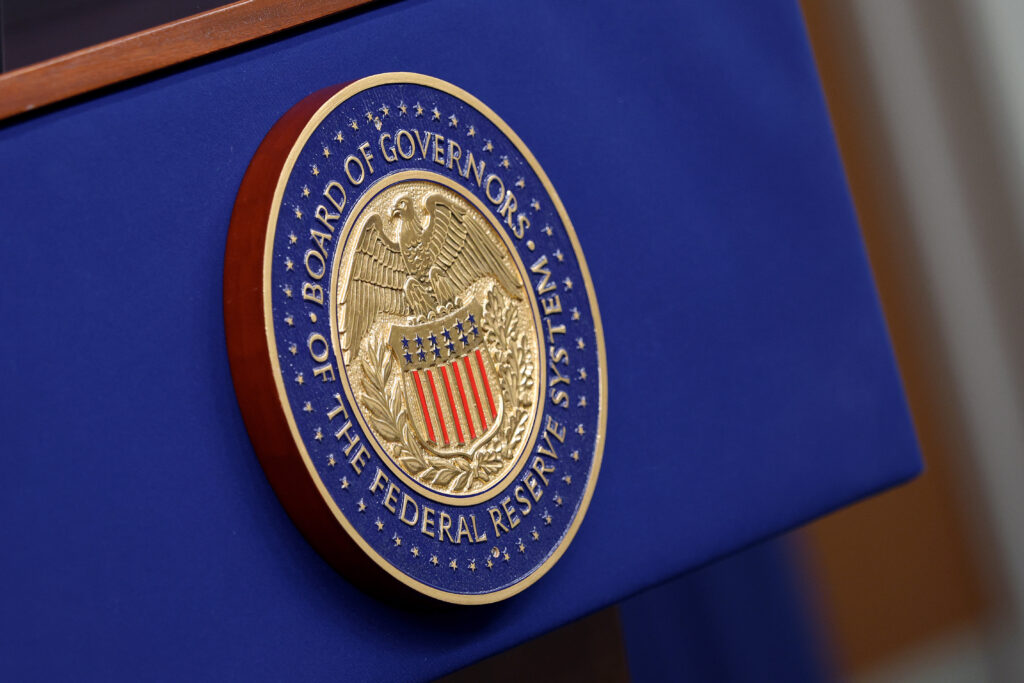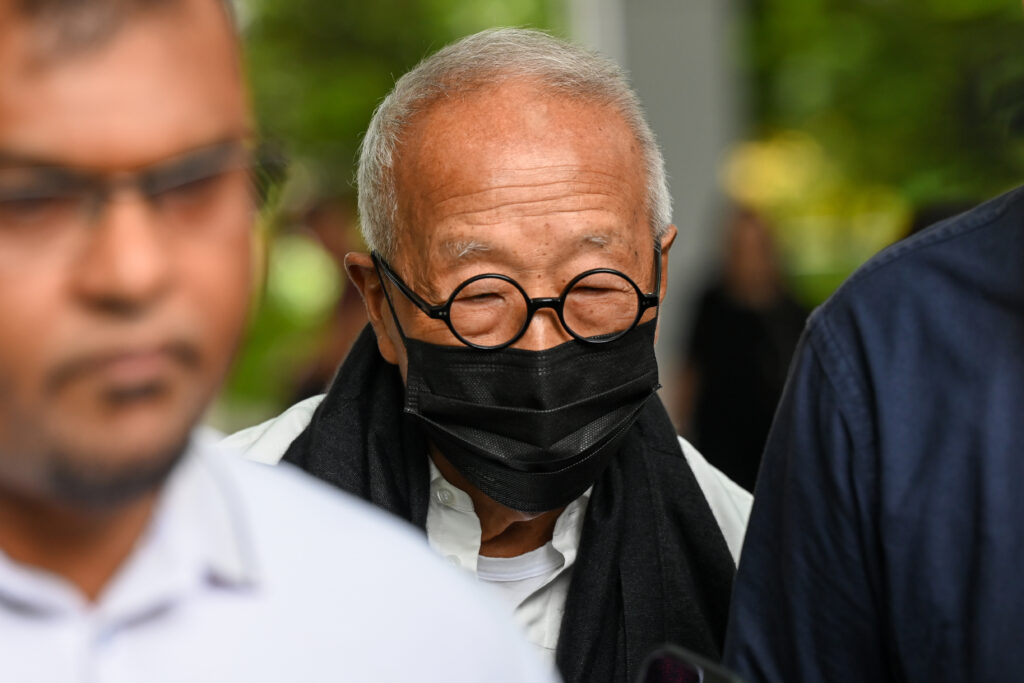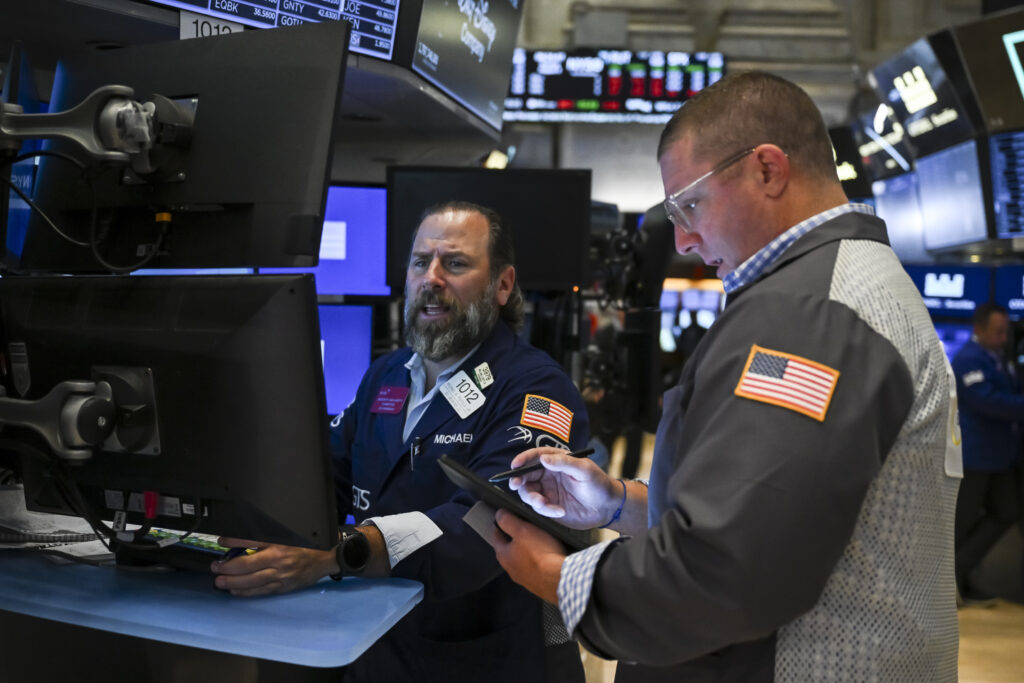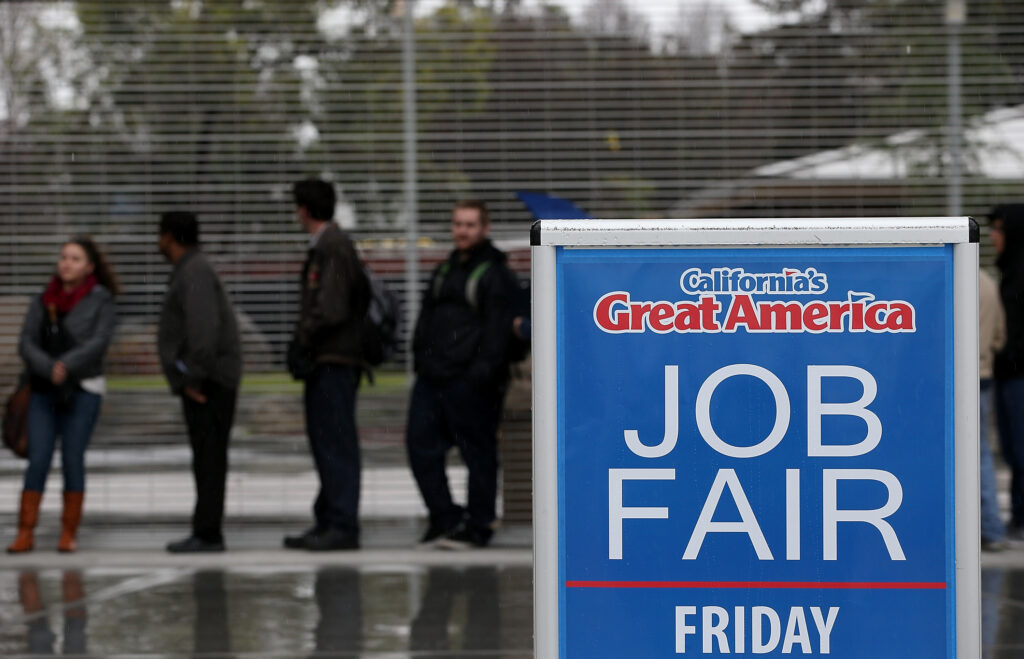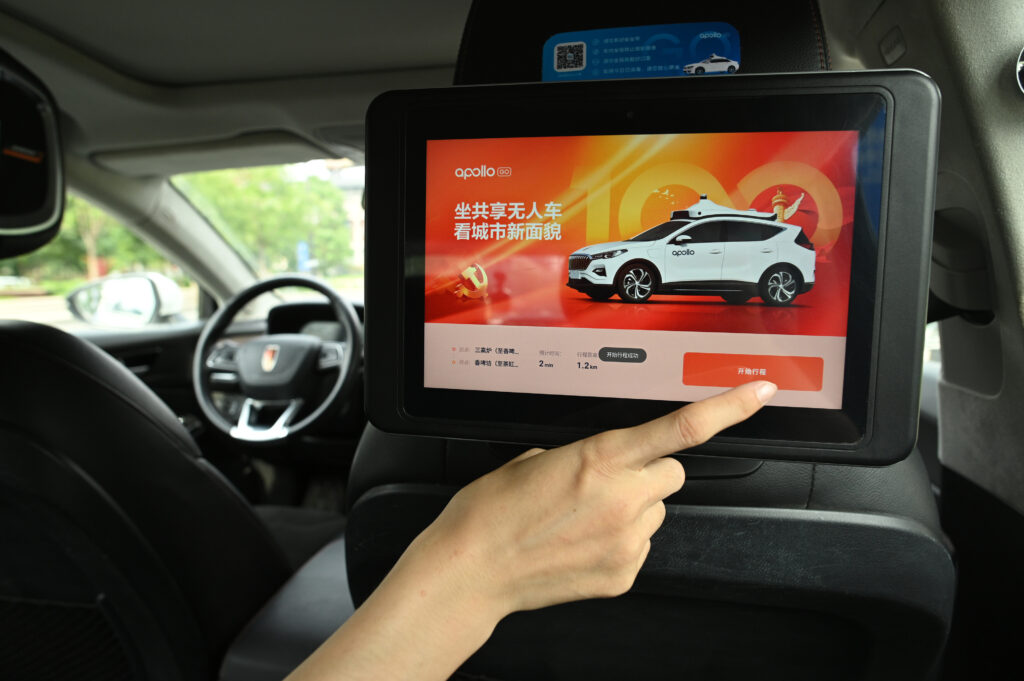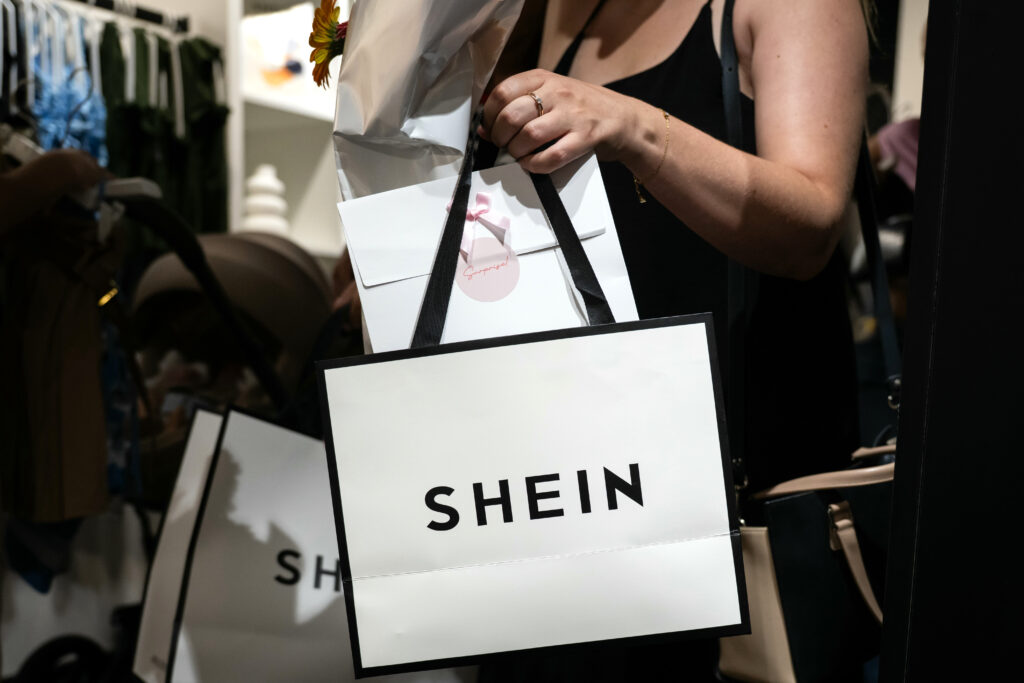Asian markets track Wall St rally on Fed rate cut bets
Stock markets rose Tuesday as investors grow increasingly confident the Federal Reserve will cut interest rates next month, despite concerns about the US economy and Donald Trump’s tariffs.The gains tracked a rally on Wall Street, where traders rediscovered their mojo following Friday’s sell-off that was fuelled by news that fewer-than-expected American jobs were created in July, while the previous two months’ figures were revised down sharply.The reading raised concerns the world’s biggest economy was in worse shape than expected, though it also fanned bets the Fed will slash in September, with markets pricing the chance of a 25-basis-point reduction at about 95 percent, according to Bloomberg. There is also talk that bank officials could go for twice as much as that.”The narrative flipped fast: soft jobs equals soft Fed, and soft Fed equals risk-on,” said Stephen Innes at SPI Asset Management.But he warned that “if cuts are coming because the labour market is slipping from ‘cooling’ to ‘cracking’, then we’re skating closer to the edge than we care to admit”.He added: “That dichotomy — between rate cuts as stimulus and rate cuts as warning flare — is now front and center.”If the Fed moves proactively to shield markets from the tariff storm and weak labour, the equity rally has legs. But if policymakers are reacting to a sharper downturn that is in full swing, the runway shortens quickly.”Tokyo, Hong Kong, Shanghai, Sydney, Seoul, Singapore, Taipei and Jakarta were all in the green, along with London, Paris and Frankfurt.However, while there is a broad expectation that the Fed will cut rates, some analysts remained sceptical.”I continue to believe the Fed will not reduce rates at all this year given rising inflation caused by tariffs and a relatively stable unemployment rate,” Lazard chief market strategist Ronald Temple wrote.”I would align with the majority of the FOMC members who believe it is more appropriate to hold policy constant until there is greater clarity in terms of the effects of tariffs and stricter immigration enforcement on inflation and employment.”And economists at Bank of America said: “Our base case since January has been that the Fed won’t cut rates this year. The… downward revisions to nonfarm payrolls in the July jobs report challenges our view.”It now appears that the labour market stalled in May and June. This increases the probability of what we view as the most likely alternate scenario: ‘bad cuts,’ due to deterioration in the labor market. But we are sticking with our Fed call for now.”Traders were keeping an eye on trade talks between Washington and dozens of its trade partners after Trump imposed tariffs of between 10 and 41 percent on them.Among those to strike a deal is India, which Trump on Monday threatened to hit with “substantially” higher rates over its purchases of Russian oil. Shares in Mumbai edged down.- Key figures at around 0810 GMT -Tokyo – Nikkei 225: UP 0.6 percent at 40,549.54 (close)Hong Kong – Hang Seng Index: UP 0.7 percent at 24,902.53 (close)Shanghai – Composite: UP 1.0 percent at 3,617.60 (close)London – FTSE 100: UP 0.3 percent at 9,152.80Dollar/yen: UP at 147.39 yen from 147.08 yen on MondayEuro/dollar: DOWN at $1.1543 from $1.1573Pound/dollar: DOWN at $1.3270 from $1.3285Euro/pound: DOWN at 86.98 pence from 87.11 penceWest Texas Intermediate: DOWN 0.2 percent at $66.18 per barrelBrent North Sea Crude: DOWN 0.1 percent at $68.69 per barrelNew York – Dow: UP 1.3 percent at 44,173.64 (close)
